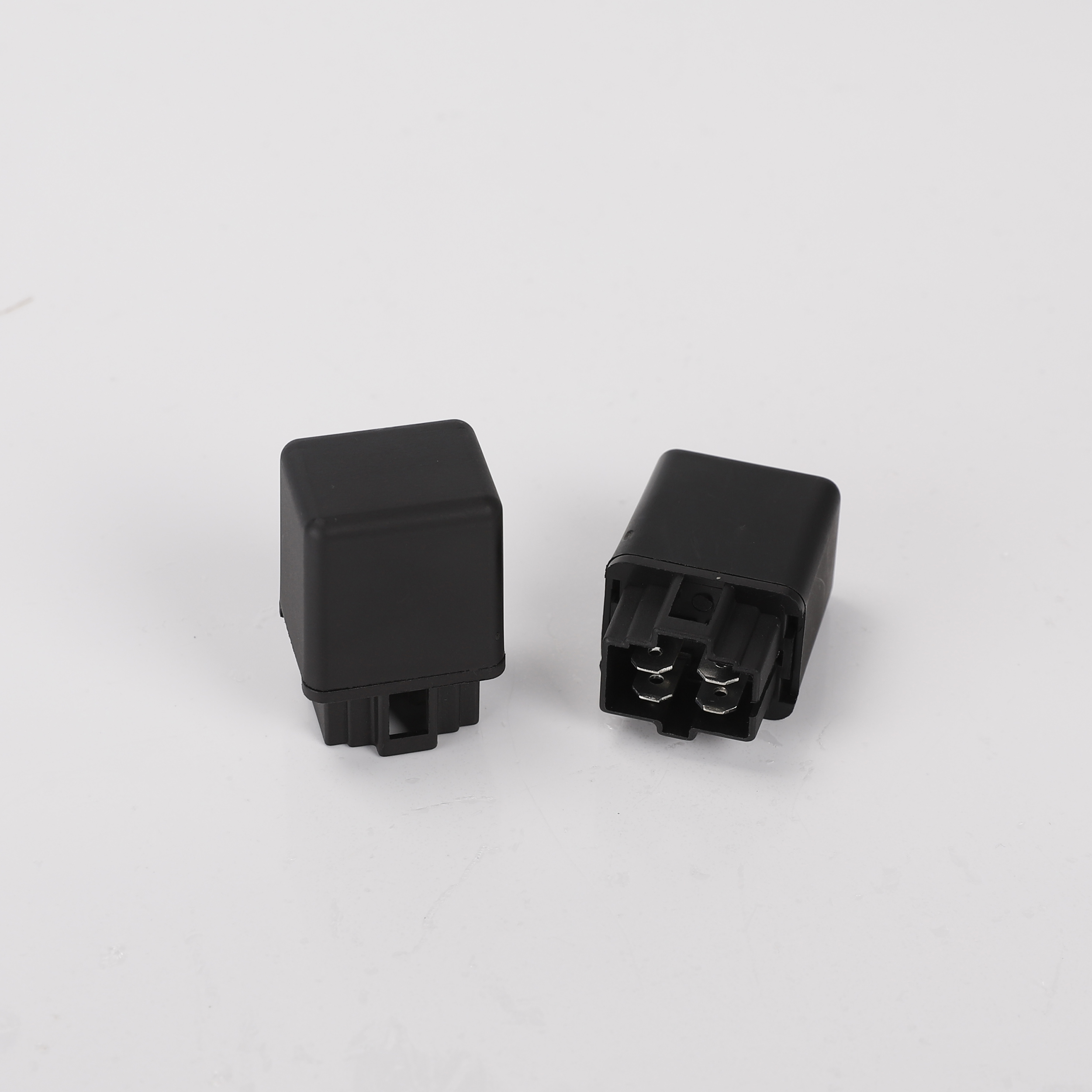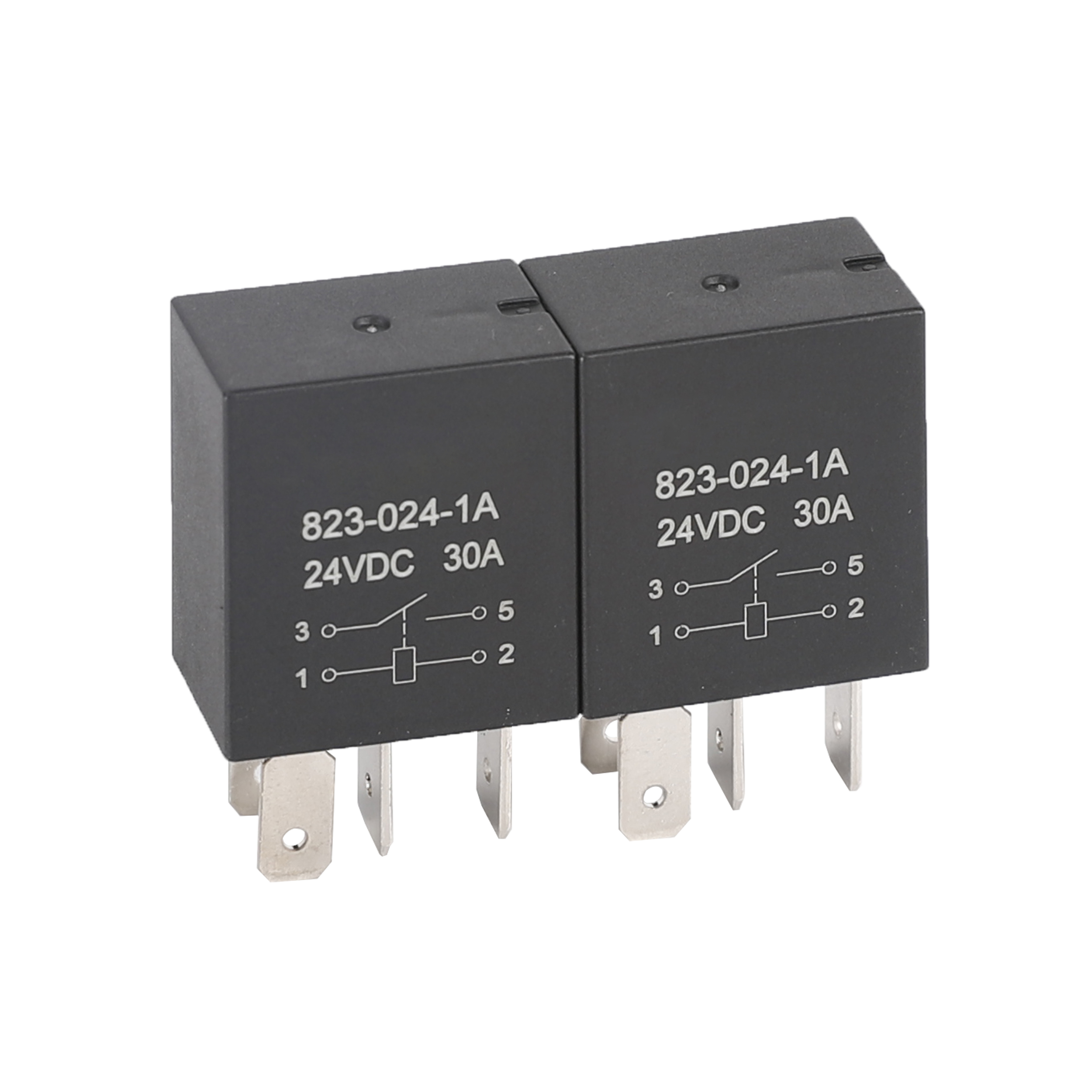Table of Contents
Understanding the Basics of Car Relay Circuits
Understanding the Basics of Car Relay Circuits
Car relay circuits are integral components of modern automotive electrical systems, facilitating the efficient and reliable operation of various vehicle functions. These circuits rely on electromagnetic Switches, known as Relays, to control the flow of electrical power to different components within the vehicle. From controlling headlights and fuel Pumps to managing Air Conditioning Systems and engine cooling fans, relays play a crucial role in ensuring optimal performance and Safety on the road.
At the heart of a car relay circuit is the relay itself, a compact device comprised of a coil, an armature, and one or more sets of contacts. When an electrical current is applied to the coil, it generates a magnetic field that attracts the armature, causing the contacts to close and complete the circuit. Conversely, when the current is removed, the magnetic field dissipates, allowing the contacts to open and interrupt the circuit. This simple yet effective mechanism enables relays to switch high currents with minimal power consumption, making them ideal for automotive applications.
One of the primary advantages of using relays in car circuits is their ability to isolate high-current components from the delicate control circuits found in modern vehicles. By using relays to control power-hungry devices such as headlights and Motors, manufacturers can protect sensitive electronic components from potential damage caused by voltage spikes and electromagnetic interference. Additionally, relays allow for the centralized control of multiple functions, simplifying wiring and reducing overall complexity.
Power relay switches, also known as solenoid relays, are a common type of relay used in car circuits to control the flow of electricity to critical systems such as the Starter motor and fuel injection system. These relays typically feature large contacts capable of handling high currents, ensuring reliable operation under demanding conditions. When the ignition key is turned, the power relay switch engages, allowing current to flow to the starter motor and initiating the engine’s cranking process. Once the engine is running, the relay disengages, preventing unnecessary power consumption and extending the lifespan of the starter motor.

In addition to their role in starting the engine, power relay switches are also used to control fuel injectors, ensuring precise fuel delivery for optimal engine performance and efficiency. By modulating the flow of current to the injectors based on input from Sensors such as the throttle position sensor and oxygen sensor, these relays help maintain the air-fuel ratio within the engine’s combustion chambers, maximizing power output while minimizing emissions.
| Number | Product |
| 7 | Car Relay |
Another critical application of car relay circuits is in controlling the operation of cooling fans, which are essential for regulating engine temperature and preventing overheating. When the engine reaches a certain temperature, a temperature sensor sends a signal to the relay, triggering the activation of the cooling fan. By Cycling the fan on and off as needed, the relay helps maintain the engine within its optimal operating temperature range, ensuring reliable performance and prolonging the life of engine components.
In summary, car relay circuits are fundamental to the operation of modern automotive electrical systems, providing efficient and reliable control of various vehicle functions. From starting the engine to managing critical systems such as fuel injection and engine cooling, relays play a vital role in ensuring optimal performance and safety on the road. By understanding the basics of how relay circuits work and their applications in automotive engineering, drivers and technicians alike can appreciate the importance of these often-overlooked components in today’s vehicles.
How to Choose and Install a Power Relay Switch for Your Vehicle
A power relay switch is a crucial component in a vehicle’s electrical system, serving to control the flow of electricity to various components such as lights, fans, and motors. Choosing and installing the right power relay switch is essential for ensuring the smooth and efficient operation of these components. In this article, we will discuss the factors to consider when selecting a power relay switch for your vehicle and provide a step-by-step guide to installing it properly.
| No. | Product Name |
| 8 | Automotive Relay |
When choosing a power relay switch for your vehicle, the first consideration is the electrical load it will need to handle. Different components in a vehicle require different amounts of current to operate, so it’s important to select a relay switch with a suitable current rating. This rating, typically measured in amps, indicates the maximum amount of current that the relay switch can safely handle. Choosing a relay switch with a higher current rating than the maximum load of the component it will control ensures that it can handle the load without overheating or failing.
Another important factor to consider is the type of relay switch. There are two main types: mechanical and solid-state. Mechanical relay switches use electromagnets to control the flow of electricity, while solid-state relay switches use semiconductor devices such as Transistors. Mechanical relay switches are generally more durable and reliable, making them suitable for high-current applications. However, solid-state relay switches have the advantage of faster switching speeds and can be more compact in size.

Once you have selected the appropriate power relay switch for your vehicle, the next step is to install it properly. Start by locating a suitable mounting location for the relay switch. This should be a dry, well-ventilated area away from sources of heat or moisture. Once you have found a suitable location, mount the relay switch using Screws or Bolts, ensuring that it is securely attached to the vehicle’s chassis.
Next, you will need to connect the relay switch to the electrical system of your vehicle. Start by identifying the power source for the relay switch, typically the vehicle’s battery. Connect one terminal of the relay switch to the positive terminal of the battery using a suitable gauge wire and a fuse for protection. Then, connect the other terminal of the relay switch to the component you wish to control, such as a set of auxiliary lights or a cooling fan.
Finally, connect the control circuit of the relay switch to a suitable switch or trigger mechanism. This could be a dashboard switch, a thermostatic switch, or a sensor, depending on the application. Ensure that the control circuit is properly grounded to the vehicle’s chassis to complete the electrical circuit.
Once the relay switch is installed, test it to ensure that it is functioning correctly. Turn on the switch or trigger mechanism, and verify that the controlled component operates as expected. If everything is working properly, secure any loose wiring and close up any access panels or covers.
| No. | Name |
| 5 | Flasher Relay |
In conclusion, choosing and installing a power relay switch for your vehicle is a relatively straightforward process that requires careful consideration of factors such as current rating, type, and mounting location. By following the steps outlined in this article, you can ensure that your vehicle’s electrical system operates smoothly and efficiently, providing reliable performance for years to come.
